Comparing Myrmica ruginodis populations between dolines and surrounding areas in Hungary
In the recent study “Climate microrefugia promote intraspecific trait variability of the Palaearctic ant species Myrmica ruginodis (Hymenoptera: Formicidae)” carried out in Hungary, the authors investigated variation among populations of the ant species Myrmica ruginodis in dolines and their surroundings. They went to the field, collected the ants, characterized the colonies, tested the aggressivity and measured workers’ size. They found variation in the populations between the two habitats, concluding the importance of dolines as refugia for vulnerable species. Myrmecological News Blog spoke with Bonita Ratkai (first author).
A Photoblog Contribution compiled by Bonita Ratkai

Edited by Lina Pedraza and Salvatore Brunetti


MNB: Could you briefly outline the research “Climate microrefugia promote intraspecific trait variability of the Palaearctic ant species Myrmica ruginodis (Hymenoptera: Formicidae)” in layperson’s terms?
BR: The karst areas cover about 20% of the earth’s dry land surface hosting several characteristic landforms, such as dolines. These bowl-shaped depressions can have exceptional climatic conditions, as the north-facing slopes and the bottom of the dolines can provide colder and more humid microclimate. In contrast, the south-facing slopes have warmer and dryer conditions than the surrounding areas. Thus, dolines can also serve as hydrologic microrefugia, and due to such specific environmental conditions, they can maintain species that could not occur in the surrounding habitats, becoming outstandingly important in the environment where they occur. However, we lacked knowledge about the effect of dolines on the characteristics of a single species. In this study, we investigated how the specific conditions of the dolines influence the characteristics of a species present in both the dolines and its surroundings, namely the Myrmica ruginodis ant species. We collected colonies from the dolines and the surrounding areas and compared the characteristics of these colonies such as the number of workers, number of queens, number of virgin queens, number of males, larvae, and pupae. In addition, the aggressiveness and size of the workers were also measured. Our results showed remarkable differences between the colony and worker characteristics coming from the two habitat types. These results highlight that the dolines besides playing an important role in maintaining species different from the surrounding area, can also host population with different characteristics of a single species.
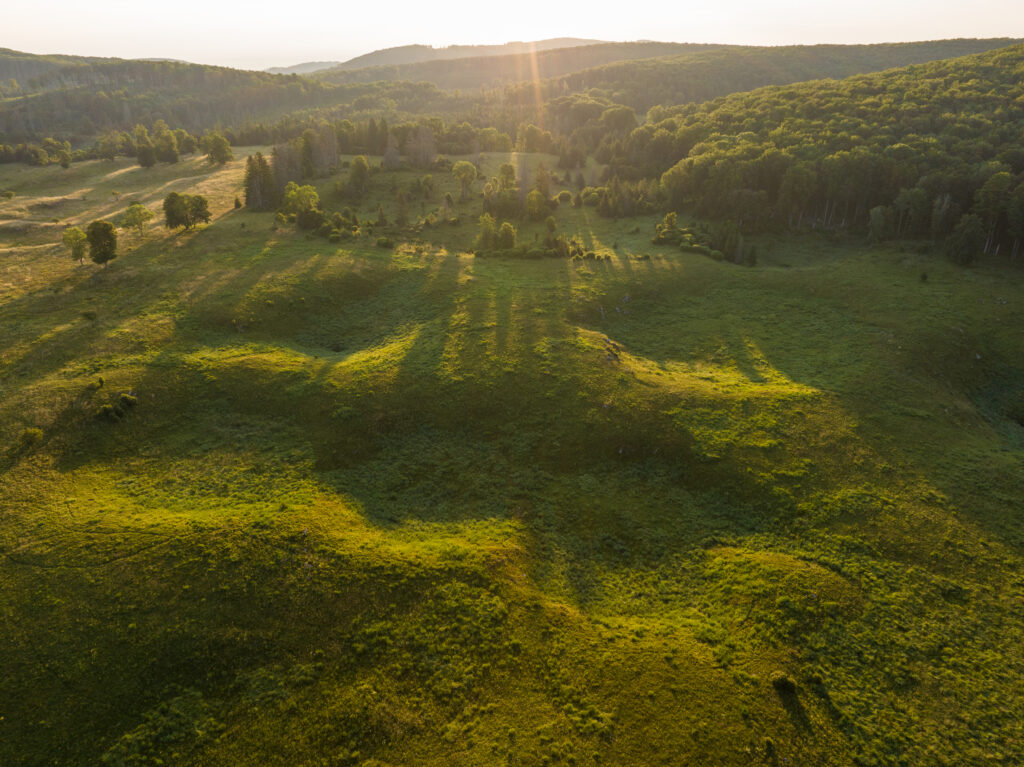
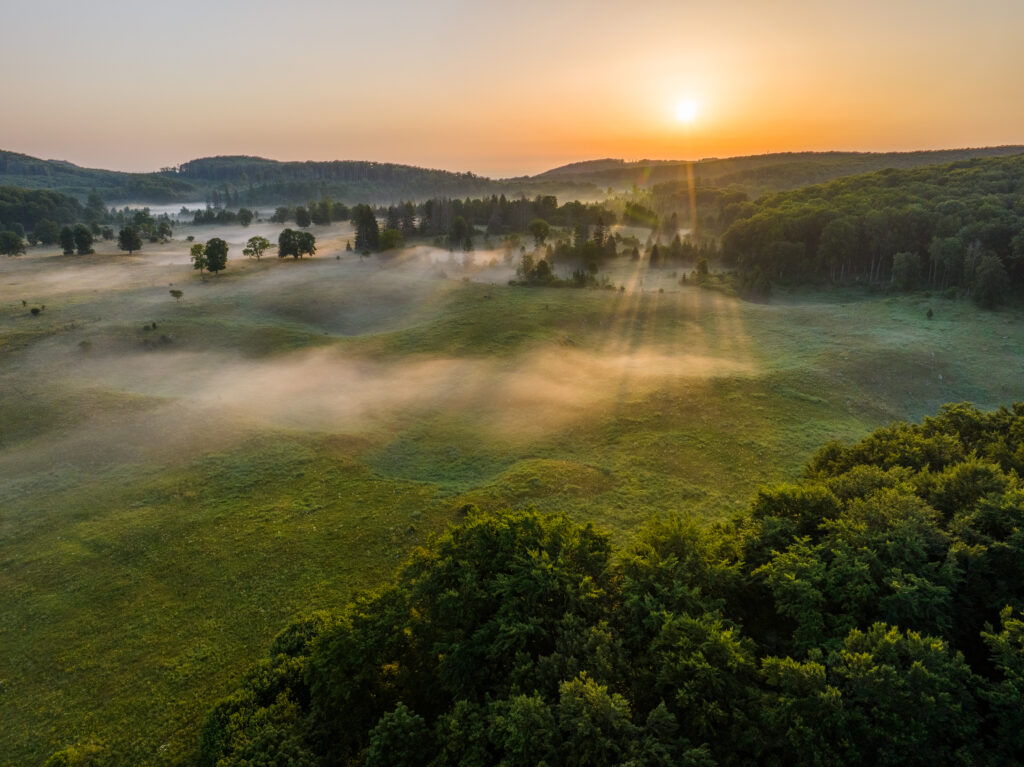

MNB: What is the take-home message of your work?
BR: Previous studies on dolines have highlighted their significant conservation role by providing suitable habitats for species that cannot survive in the surrounding areas. However, our findings offer deeper insights, showing that these landforms not only influence species diversity but also affect traits within individual species. The habitats surrounding dolines are becoming increasingly unfavorable for many species, including our model species. Understanding how dolines filter and shape the characteristics of a single species underscores their potential as refugia, allowing species to persist when surrounding environments become unsuitable. This emphasizes the critical importance of conserving dolines, as they can mitigate the negative impacts of global warming by serving as microrefugia for vulnerable species.




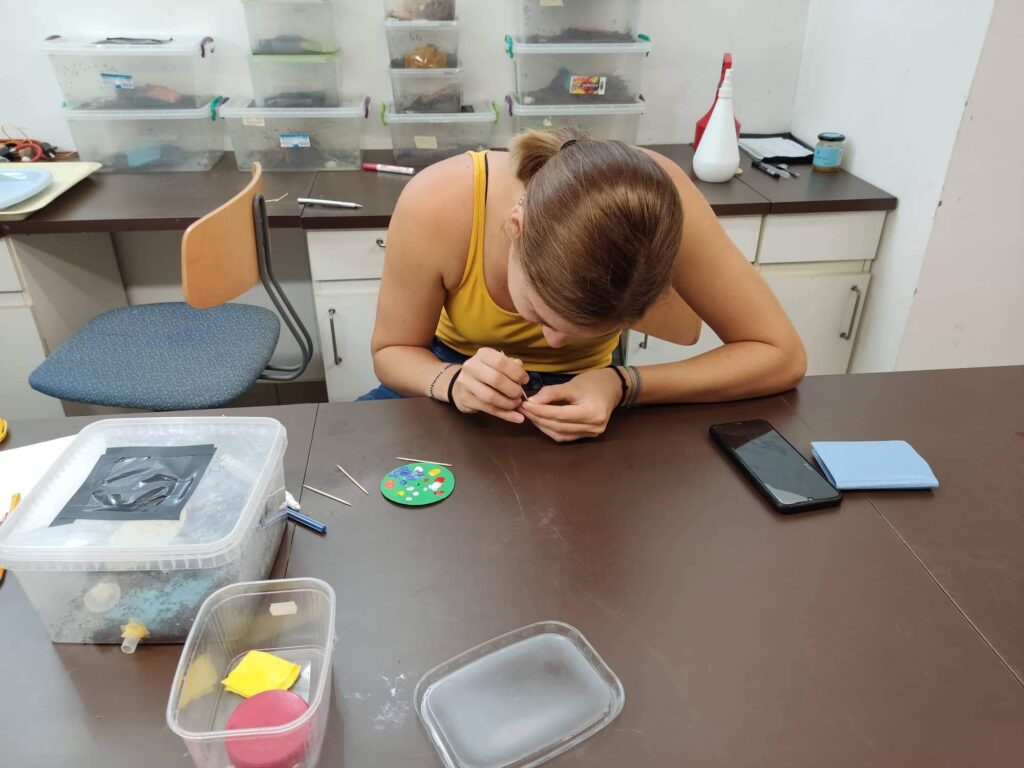



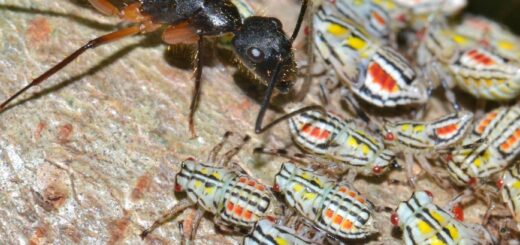

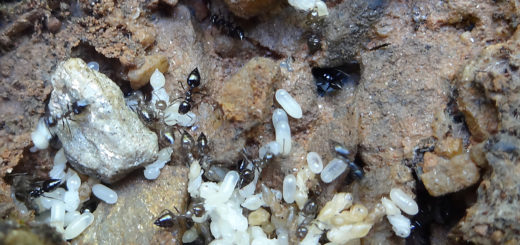
Recent Comments